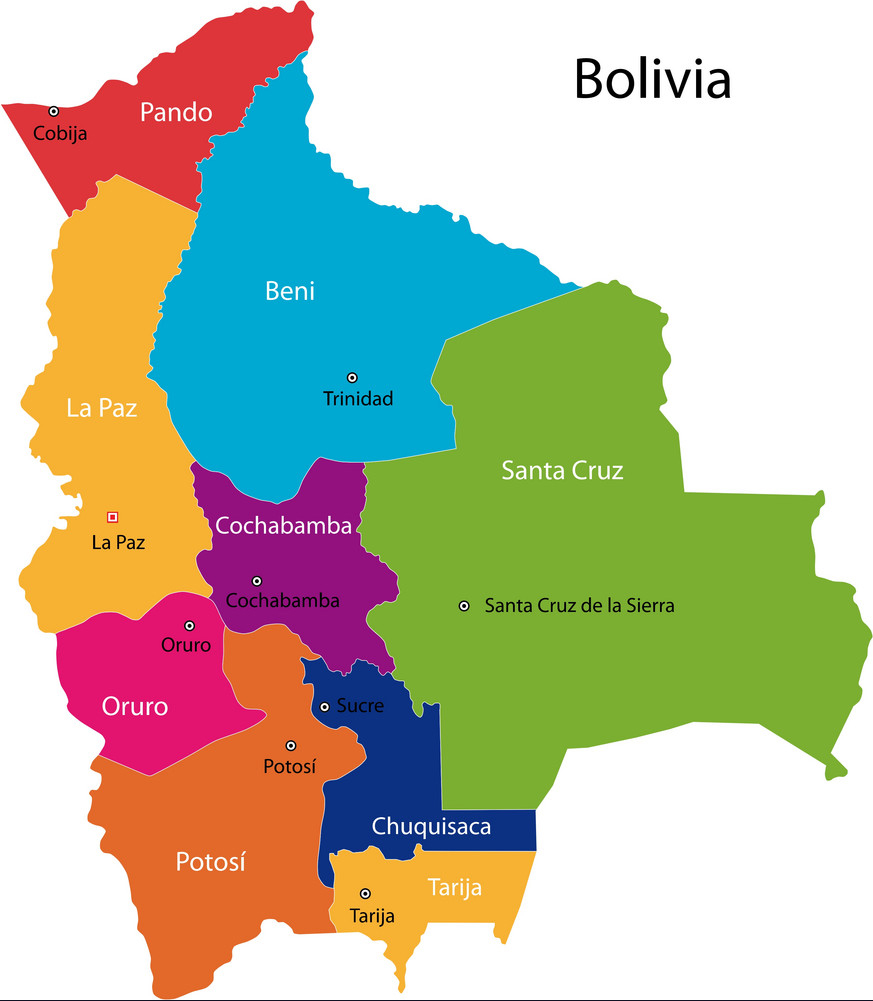The Bolivian population

According to the INE (National Institute of Statistics of the Plurinational State of Bolivia), the bolivian population is mostly composed of minors aged less than 14 years old, they represent 32.4% of the country. Then, there are the 30-59 years old (31.4%) and the 15-29 years old (27.2%). Only 8.9% of the population is more than 60.
Child labour in Bolivia
According to the results of the 2012 ” Hogares ” survey, it is estimated that 17.5% of children and adolescents in Bolivia are engaged in economic production activities and/or domestic work. It has been proven that child labour affects boys more (18.7%) than girls (16.4%).The latter rises with age and increases, particularly for children living in rural areas, where 34 out of 100 children work, compared to only 7 out of 100 children in urban areas.
To complete these data, it should be noted that, according to the same study, there are more than 100,000 children working from the age of 7 to 12 years old. To this figure, we must add 289,000 adolescents between 12 and 17 years of age, making a total of 391,000 children under 17 years of age who work, often in dangerous conditions such as on construction sites and even inside mines.
In April 2016, the Minister of Education, Roberto Aguilar, reported that there are more than 34,000 students (children and adolescents included) “who work, receive a salary and study at the same time” in Bolivia. Additionally, according to Lizeth Reina Castro (from UNATSBO, the Union of Child Workers of Bolivia), more than 33,000 children work, but do not study.
According to the UNICEF database, 58% of working children in Bolivia are under 14 years of age, and 90% of child labour is informal during 2014.
In the poorest areas, the difficulties for families to support themselves is one of the obvious reasons why children are forced to enter the world of work at such an early age.
In Bolivia, the regulations/standards that regulate and protect child labour are based on the Law No. 548-Code “Children and Adolescents”, promulgated in June 2014.The law states that the minimum legal working age in Bolivia is 14 years old, however “exceptionally”, the latter can be decreased to 10 years old. Child labour is a normality in Bolivia. It results from several causes such as, to name only the most important, poverty, or poor living standards, which push children and adolescents to earn a salary to improve their daily lives and those of their families.
Infantile sexual violence
Nationwide, 16 children and adolescents are victims of all types of sexual abuse every day. Bolivia therefore exceeds the global figures for child sexual violence. According to the “Reseau de Professionnels de Protection de l’Enfance et de l’Adolescence” (in 2016), 8% of the children in the world are victims of sexual violence before the age of 18, whereas in Bolivia the number is as high as 23%.
Children and adolescents ‘on the streets’
Nationwide, children and adolescents on the streets are highly vulnerable to different risks such as labour exploitation, drug and alcohol consumption, commercial sexual violence, etc. The dangerous conditions that children face on the streets and the fact that they are marginalised only increases their vulnerability.
In Bolivia, more than 8,000 children live ” on the streets “, according to the National Institute of State Statistics (INE).
Institutionalized children
The term ‘institutionalized children’ includes children living in orphanages, hostels, public housing and private institutions.
According to the latest data from UNICEF in Bolivia, approximately 20,000 to 30,000 underaged children are living in different institutions (private or public), as result of being abandoned by their parents.
Any action which can help improving these dramatic number is essential.
Fortunately, YOU can make the difference! You can help us by making a donation or volunteering.
